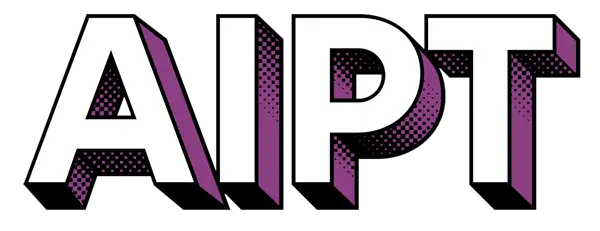With the recent launch of prequel Marvels X, Marvel has reissued the paperback collection of the original massive miniseries. This trade collects writer Jim Kreuger’s original 12-issue miniseries, as well as the tie-in issues that bookended the series. The story follows Uatu and X-51’s efforts to chronicle the Marvel Universe’s history in a timeline where everyone on Earth has gained superpowers.
Let’s get something out of the way up top: this book is dense. Considering the talent attached to the story and Earth X‘s reputation as “Marvel’s Kingdom Come,” that should really be no surprise. There’s a lot to unpack in just about every page, which simultaneously works in its favor and occasionally against it.
The book began life as a series of sketches and character concepts from Alex Ross, and it shows in the way the story plays out. Each individual issue is packed with text. The dual narration from X-51 and Uatu takes up a ton of real estate, leaving each issue feeling like a bit of an exposition dump. There are multiple scenes of character origins being recapped, which can sometimes make the book feel a little padded.

The thing that works best about this book is that it both acts as an “end of days” story and as a revisionist history of the Marvel Universe. There are so many moments that tell you that everything you thought you knew was wrong, and it’s kind of thrilling in a way. The book feels exhaustively researched, with so many “of course” moments that feel like they could have easily fit in amongst actual Marvel continuity. While future installments of the X trilogy would stray further from the “rules” of the Marvel Universe we know to be true, this book felt strangely and chillingly possible.
The problem is that so much of the book, despite the gorgeous artwork and ambitious premise, feels like we’re still reading that original pitch. There’s so much of characters standing around and waxing philosophical on the nature of good vs. evil that it occasionally feels like we’re watching the world’s longest book trailer. I know that sounds harsh, but it doesn’t mean that the book is by any means bad or underwhelming. It just often exists in this fascinating middle ground between “showing” and “telling.”
This is exacerbated by the book’s structure, which dictates that the focus is constantly shifting as X-51 tries to see everything happening on Earth. This has the effect of sometimes having multiple scene changes in one page, which break up the flow of the action. This also makes some B-storylines feel somewhat underserved or drawn out much longer than they needed to be, simply because they were sharing pages with about five other subplots.

That doesn’t prevent the series from being absolutely fascinating, however. And in fact, many of these underdeveloped side stories are further fleshed out in each issue’s back matter, which is presented as a conversation between Uatu and X-51 as Machine Man learns more about various corners of the Earth X universe. It’s a lot of prose, so you may feel tempted to skip these, but they are essential. Much like the files and articles in the backs of Watchmen issues, there are multiple characters who make significantly more sense when their origins are recounted in these sections of the book.
If it seems that I’m being harsh on Earth X, allow me to say that the story being told is exceptional. It’s clever, bombastic, and occasionally very heartfelt. The story is strong, but I think the way it’s being told may be what turns off some readers.
The artwork is gorgeous. Ross provides the stellar cover art and the original sketches used within the back matter. But it’s John Paul Leon who does the heavy lifting in this series, bringing some of the book’s wilder concepts to imposing life. Between Leon’s pencils and Bill Reinhold’s inks, everything feels like we’re only seeing what we’re meant to see, which ties in perfectly with the story’s themes of secret histories and hidden betrayals. The lines in Captain America’s face tell us everything we need to know about how far this man has been pushed before he ever even utters a word. Likewise, the Halls of Asgard being portrayed as a shadowy shell of its former glory hints at the some of the story’s third act twists long before we see them for ourselves.
The character designs are imaginative and varied. It’s incredible to see a dystopian story from the ’90s that feels like it owes its designs to the Ditko and Kirby drawings of the ’60s. Nothing here feels “extreme,” but rather a twisted extension of what we’ve grown to love and accept from the Marvel Universe.
Earth X is absolutely worth reading. It’s hard for someone who has never read it to understand what a huge deal it was when it came out. But I remember, and I think that brings with it quite a bit of expectation or cause for reexamination. It’s a fascinating book that plays off of decades of character development and offers no easy solutions, which at the very least makes it definitely worth your time.
Join the AIPT Patreon
Want to take our relationship to the next level? Become a patron today to gain access to exclusive perks, such as:
- ❌ Remove all ads on the website
- 💬 Join our Discord community, where we chat about the latest news and releases from everything we cover on AIPT
- 📗 Access to our monthly book club
- 📦 Get a physical trade paperback shipped to you every month
- 💥 And more!














You must be logged in to post a comment.